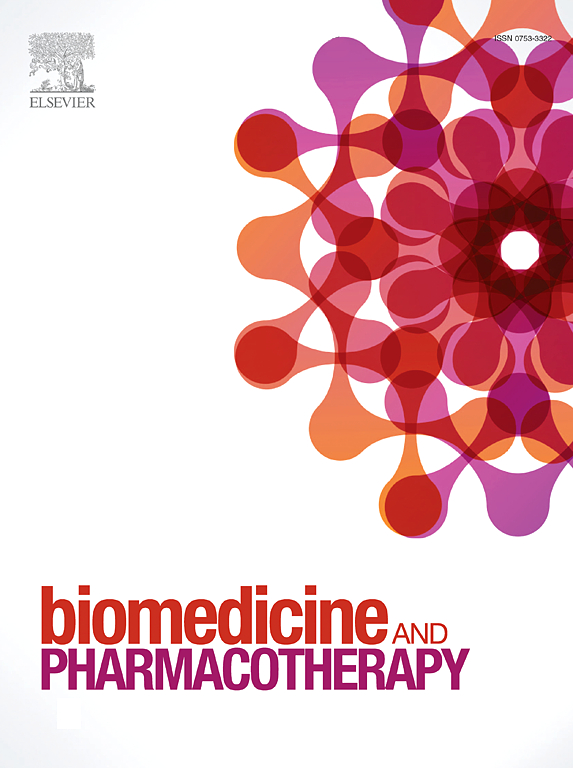Chemical constituents from the Korean endemic plant Pseudolysimachion pusanensis inhibit diffuse-type gastric cancer cells
IF 6.9
2区 医学
Q1 MEDICINE, RESEARCH & EXPERIMENTAL
引用次数: 0
Abstract
Diffuse-type gastric cancer (GC) is closely associated with genetic abnormalities; however, its exact pathological mechanisms are still not understood. It manifests without symptoms before advanced stages and is often difficult to diagnose using routine imaging tests. Therefore, specific targeted therapies for diffuse GC are currently unavailable. In this study, the extract of Pseudolysimachion pusanensis, which is endemic to Korea, inhibited the proliferation of GC cells, MKN1 and SNU668, while the other extracts of the two endemic Pseudolysimachion species did not show any activity. This led to the molecular networking analysis of Pseudolysimachion species to identify the molecules mostly observed only in P. pusanensis. Thirteen new (1–13) and eight known (14–21) compounds were obtained and structurally characterized. Of these, cucurbitacin derivative compounds 1 and 14–16 showed activity, and particularly, the IC50 value of compound 1 was 0.65 and 0.21 μM. Ki-67 expression analysis, single-cell originated cell proliferation assay, and western blot analysis of apoptotic cell death-related molecules revealed that compound 1 mediated both cytostasis and cellular death via apoptosis. Particularly, this compound exhibited an anti-tumorigenic effect on the invasion of diffuse-type GC cells by perturbing the epithelial-to-mesenchymal transition (EMT) pathway, as demonstrated by invasion assays using both 2D models and in vivo-like 3D spheroid co-culture models, as well as western blot analysis of EMT markers. In addition, some functional groups that may or may not be necessary for the activity of cucurbitacin derivatives were identified, and some clues that the presence of metal ions may affect the activity were provided.
求助全文
约1分钟内获得全文
求助全文
来源期刊
CiteScore
11.90
自引率
2.70%
发文量
1621
审稿时长
48 days
期刊介绍:
Biomedicine & Pharmacotherapy stands as a multidisciplinary journal, presenting a spectrum of original research reports, reviews, and communications in the realms of clinical and basic medicine, as well as pharmacology. The journal spans various fields, including Cancer, Nutriceutics, Neurodegenerative, Cardiac, and Infectious Diseases.

 求助内容:
求助内容: 应助结果提醒方式:
应助结果提醒方式:


